 Al-Andalus
Al-Andalus
 Alans
Alans
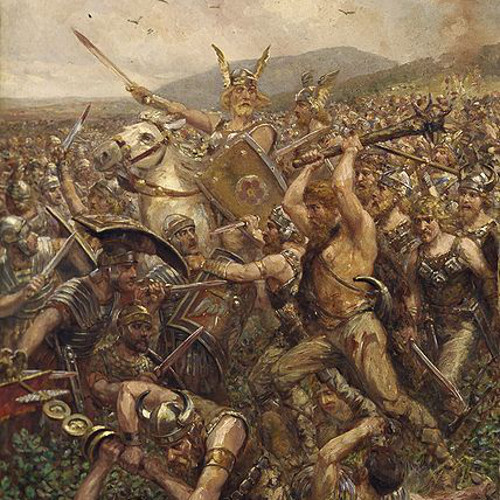 Alemanni
Alemanni
 Indigenous Peoples of North America
Indigenous Peoples of North America
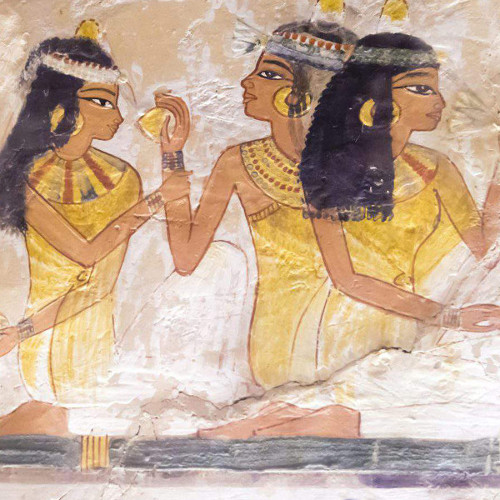 Ancient Egyptians
Ancient Egyptians
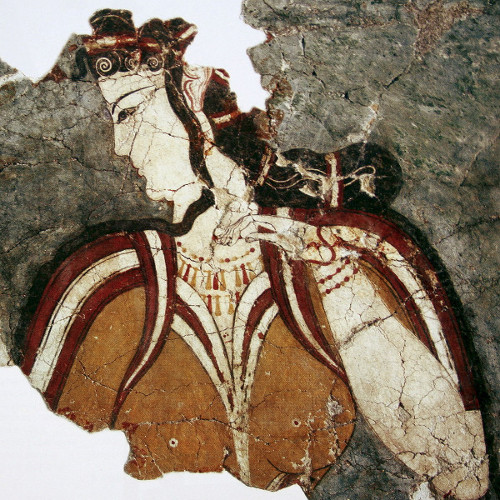 Ancient Greeks
Ancient Greeks
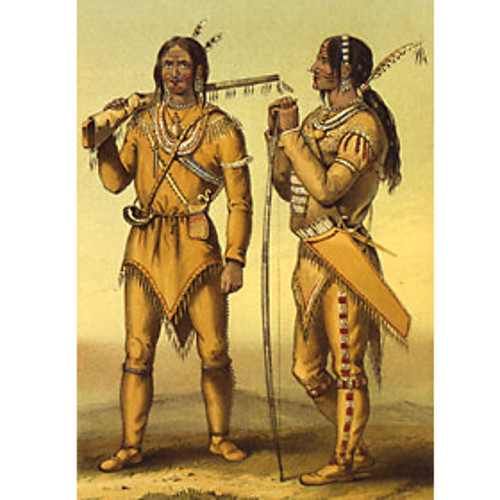 Alaskan Athabaskans
Alaskan Athabaskans
 Avars
Avars
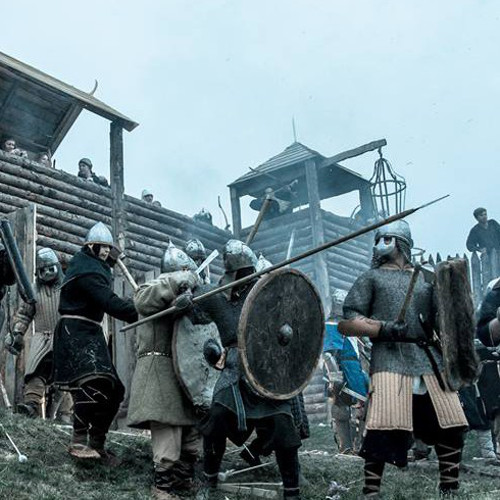 Baltic Tribes
Baltic Tribes
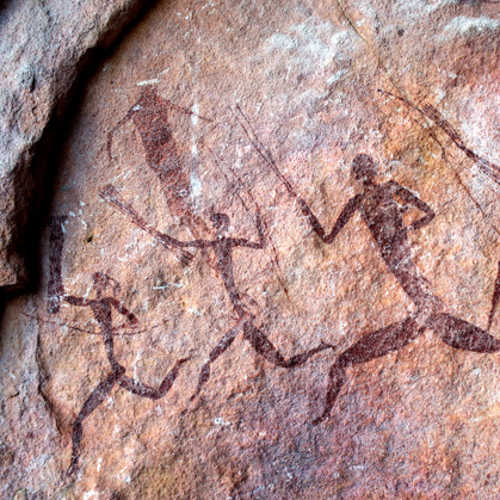 Bantu Peoples
Bantu Peoples
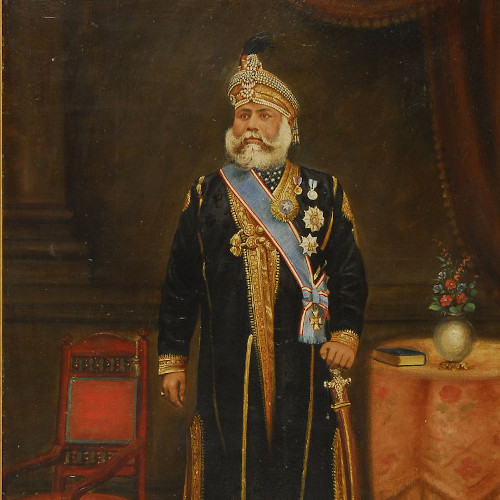 Brahmin Dynasty of Sindh
Brahmin Dynasty of Sindh
 Canaanites and Semites
Canaanites and Semites
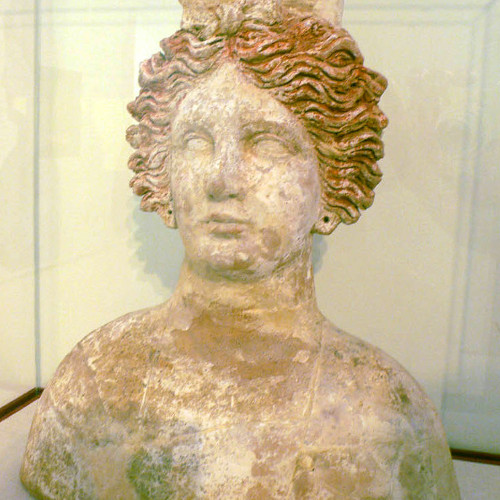 Carthaginians
Carthaginians
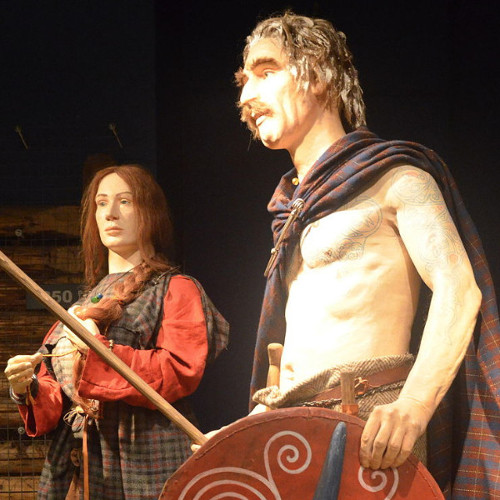 Celts
Celts
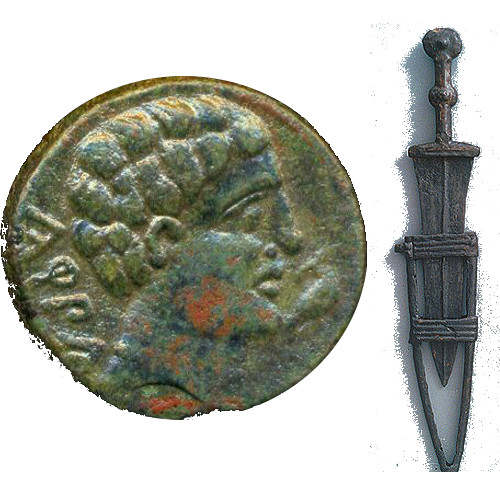 Celtiberians
Celtiberians
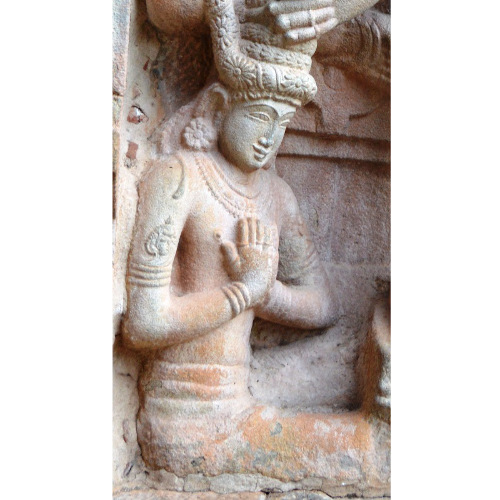 Chola Dynasty
Chola Dynasty
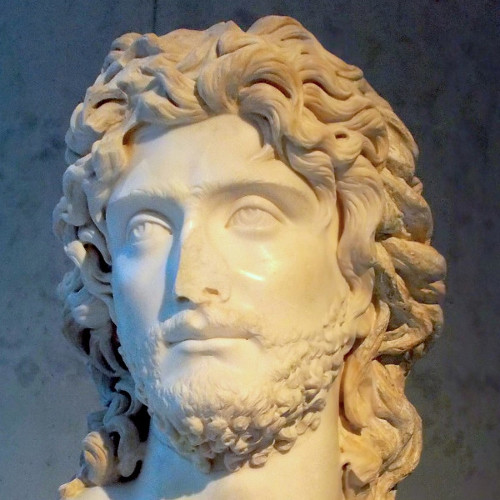 Cimmerians
Cimmerians
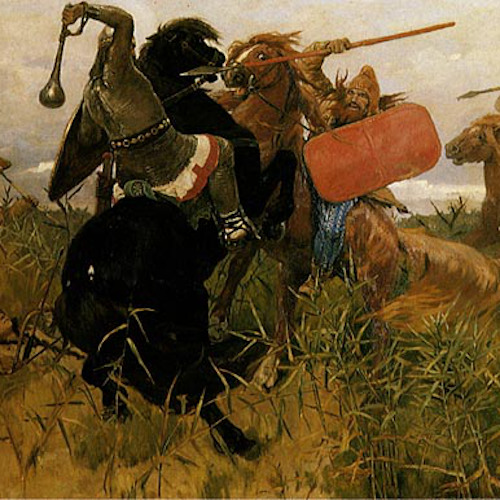 Early Slavs
Early Slavs
 Franks
Franks
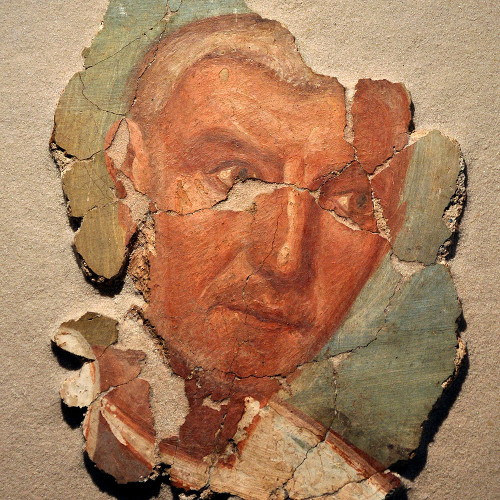 Gallo-Romans
Gallo-Romans
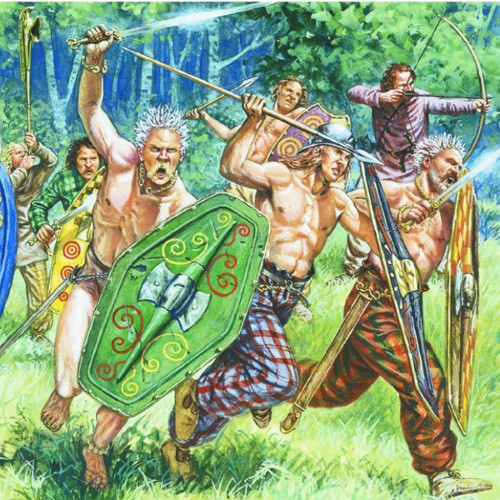 Gauls
Gauls
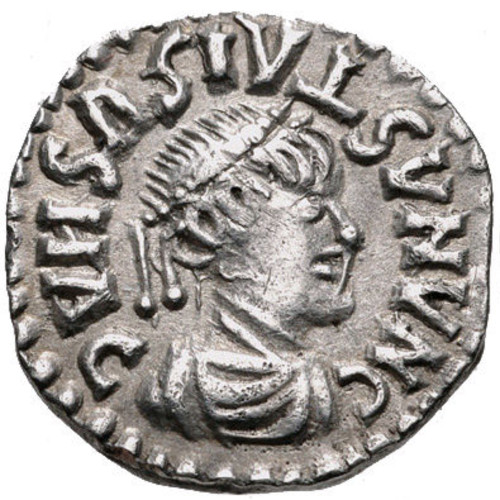 Gepids
Gepids
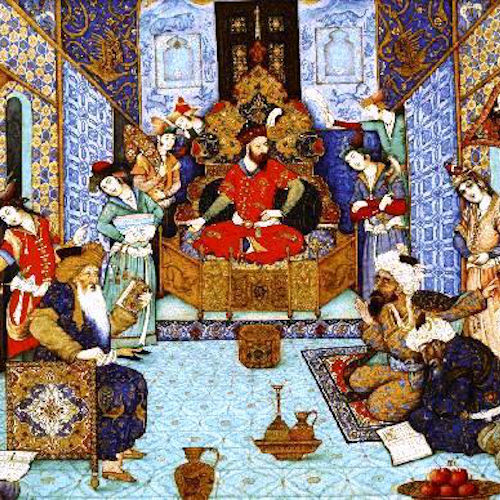 Ghaznavid Dynasty
Ghaznavid Dynasty
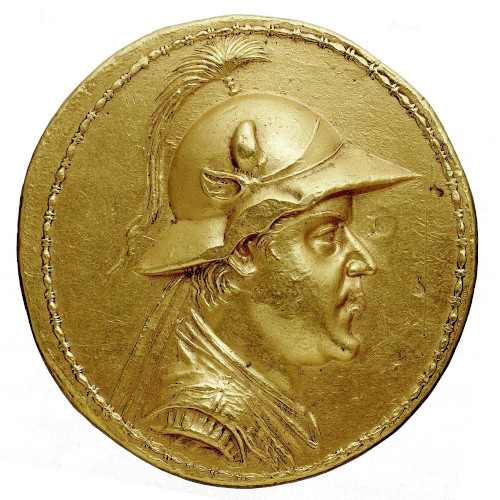 Greco-Bactrian Kingdom
Greco-Bactrian Kingdom
 Hellenic Romans
Hellenic Romans
 Hittites
Hittites
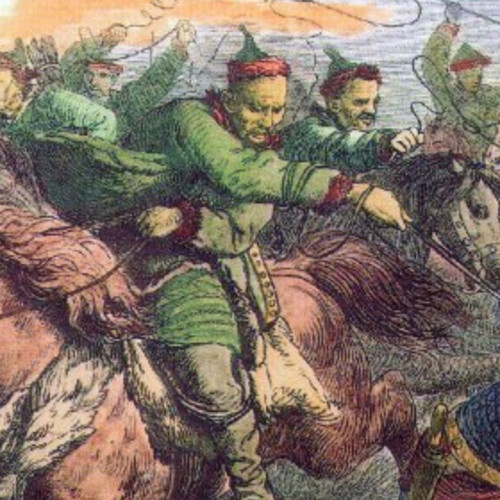 Huns
Huns
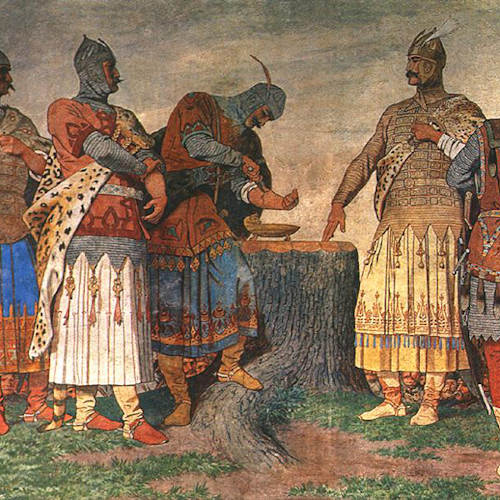 Proto-Hungarians
Proto-Hungarians
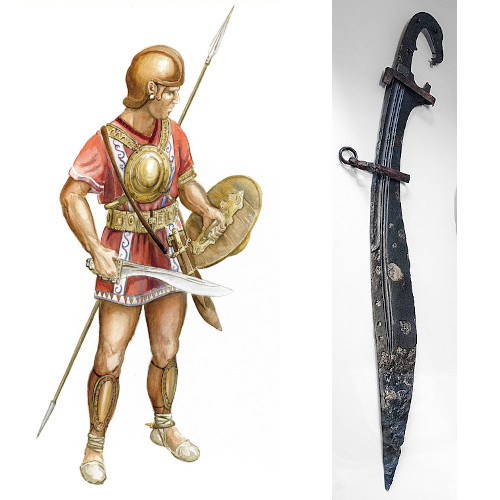 Iberians
Iberians
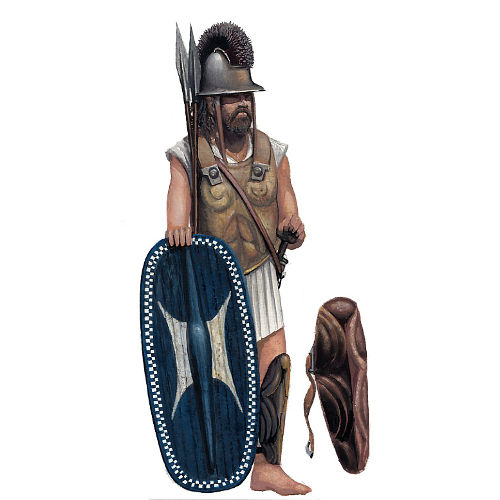 Illyrians
Illyrians
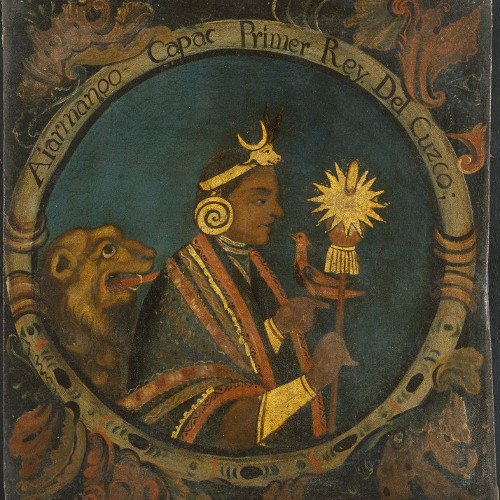 Incans
Incans
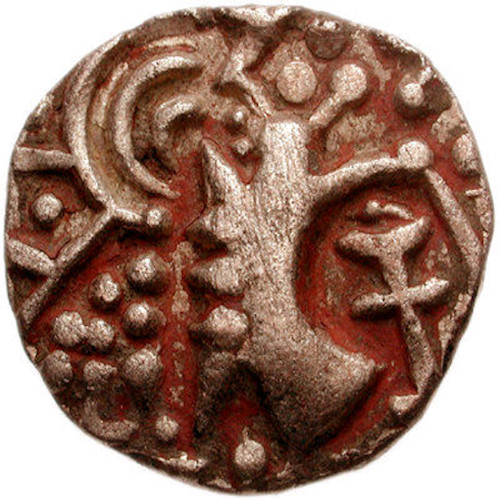 Karkota Empire
Karkota Empire
 Kievan Rus
Kievan Rus
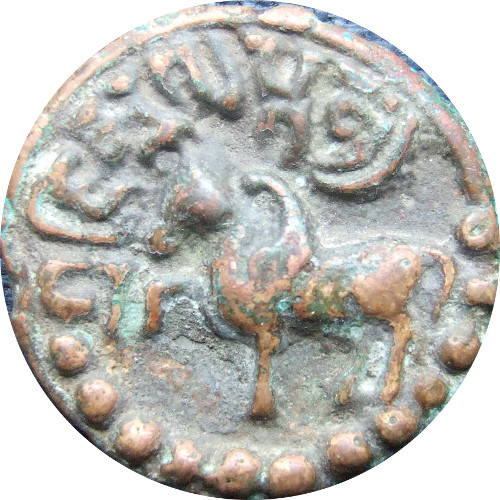 Licchavi Kingdom
Licchavi Kingdom
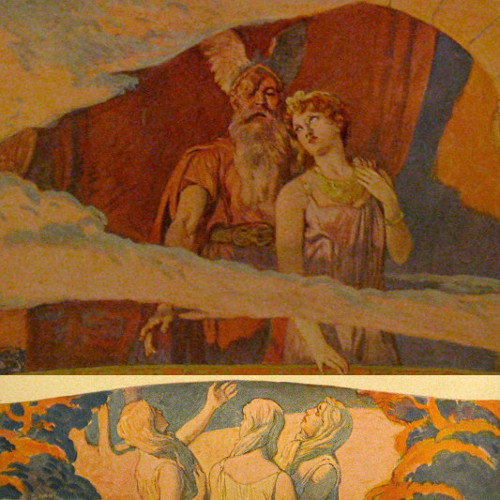 Longobards
Longobards
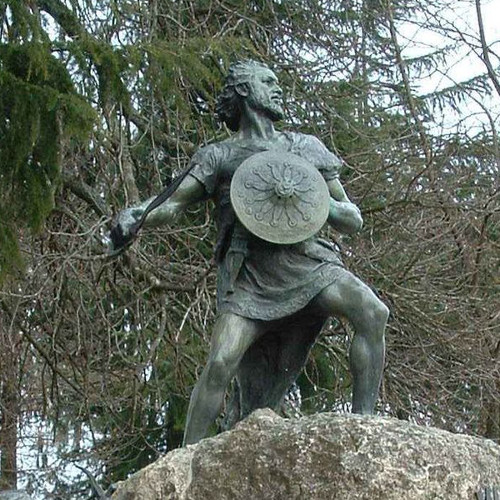 Lusitanians
Lusitanians
 Maurya Empire
Maurya Empire
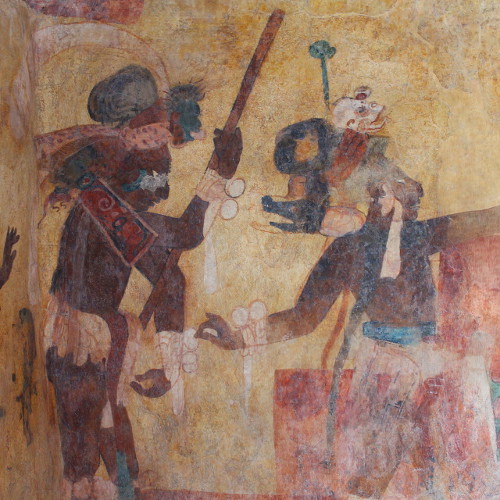 Mayans
Mayans
 Minoans
Minoans
 The Golden Horde
The Golden Horde
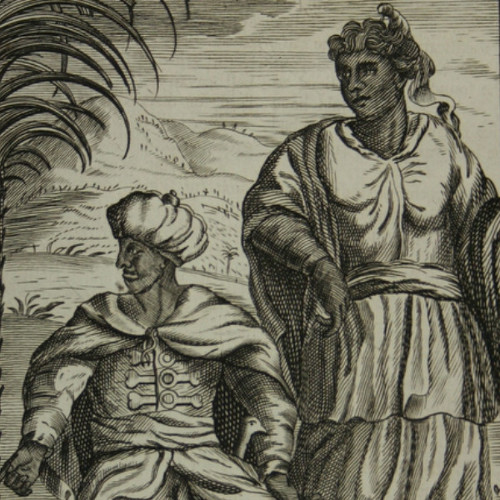 Moors
Moors
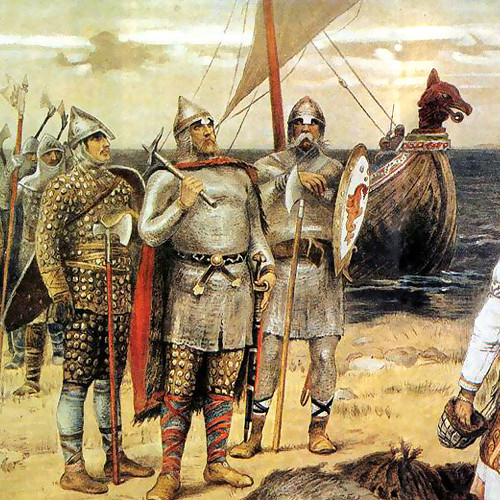 Oeselians
Oeselians
 Ostrogoths
Ostrogoths
 Ottomans
Ottomans
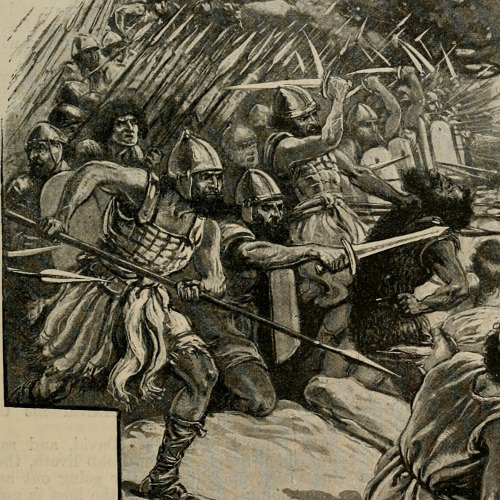 Philistines
Philistines
 Phoenicians
Phoenicians
 Pontic Empire
Pontic Empire
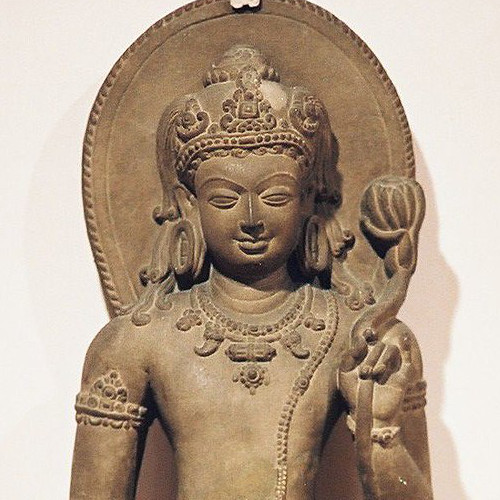 Pyu Kingdoms
Pyu Kingdoms
 Romans
Romans
 Roman Hispania
Roman Hispania
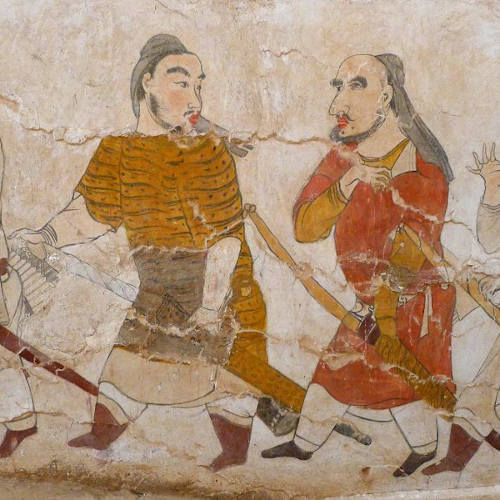 Rouran Khaganate
Rouran Khaganate
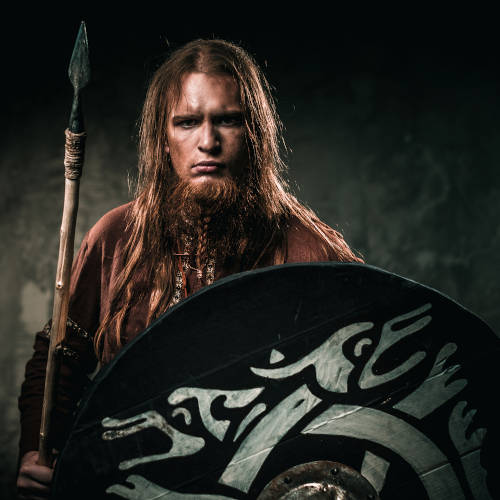 Rugii
Rugii
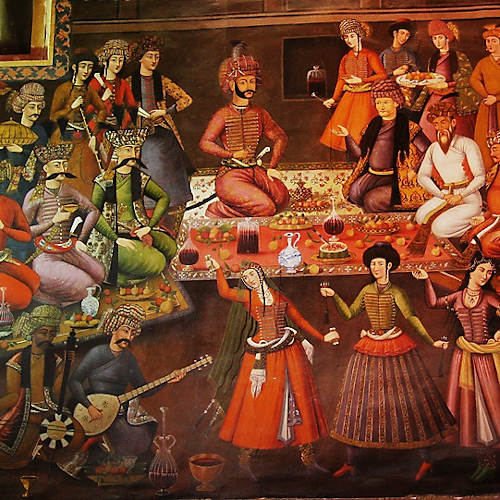 Safavid Dynasty
Safavid Dynasty
 Sarmatians
Sarmatians
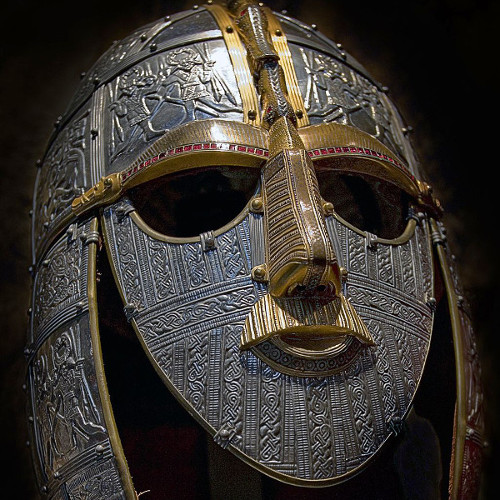 Saxons
Saxons
 Scythians
Scythians
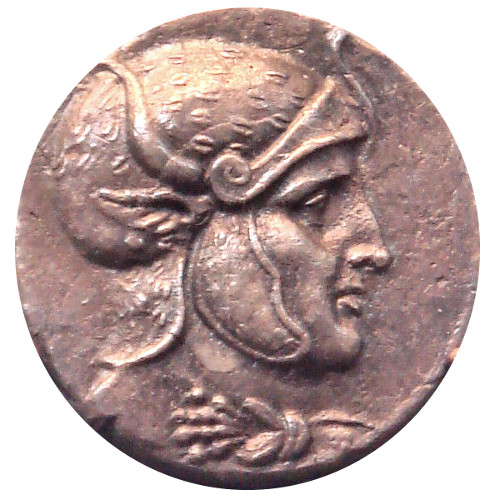 Seleucid Empire
Seleucid Empire
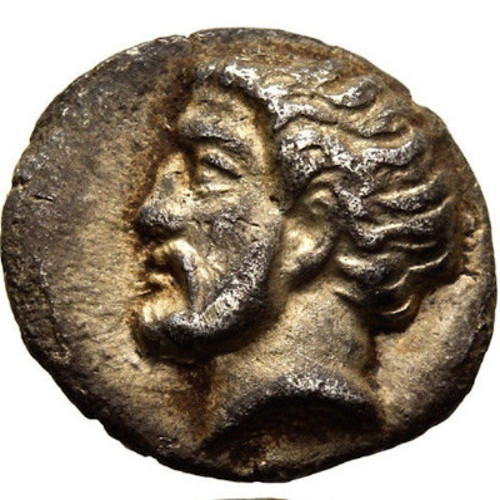 Thracians
Thracians
 Thuringii
Thuringii
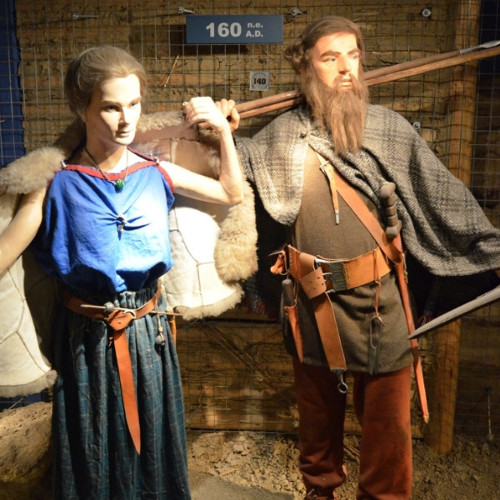 Vandals
Vandals
 Vascones
Vascones
 Vikings
Vikings
 Danish Vikings
Danish Vikings
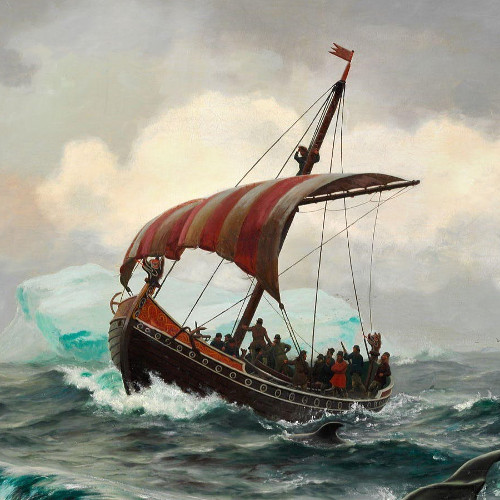 Vikings (Icelandic)
Vikings (Icelandic)
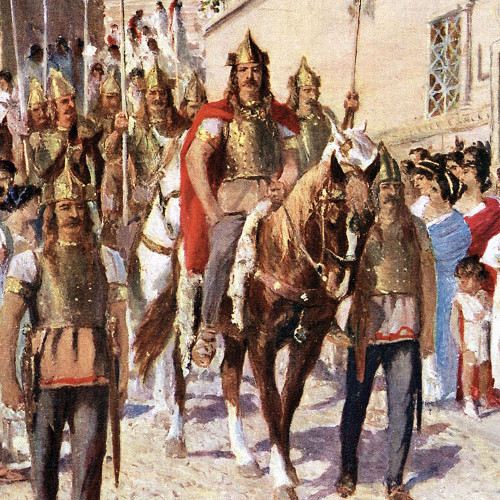 Visigoths
Visigoths
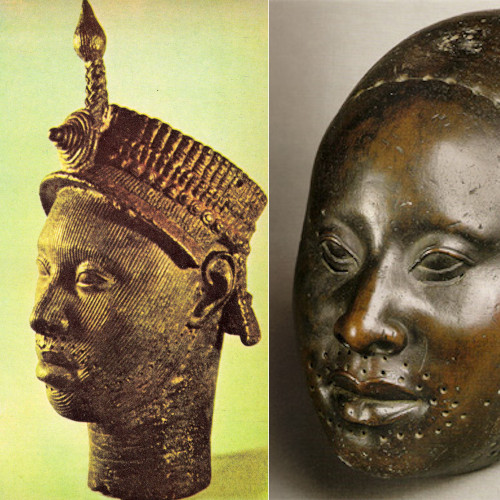 Yoruba Peoples
Yoruba Peoples
Pricing:
Try before you buy. Basic analysis is free of charge.
This includes ancient/modern classifications and a personalized archaeogenetic map.
Premium access levels range in pricing from $10 for basic medical information to $250 for expert level access. This is billed as a one time payment with no recurring costs.
All billing is done with Stripe, the new standard in online payments.
Security:
You only need an email address to create an account. Your personal details are not required and remain anonymous.
Your connection is encrypted and secure at all times.
All uploaded data is anonymized and deleted as soon as processing is complete.